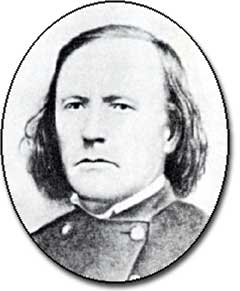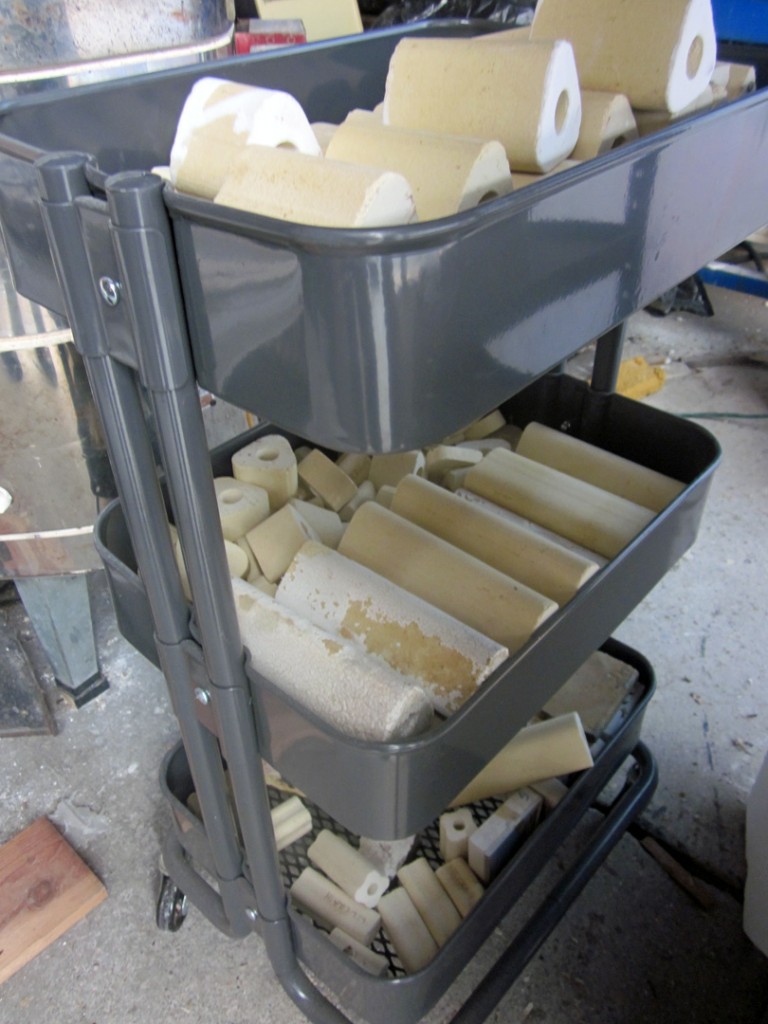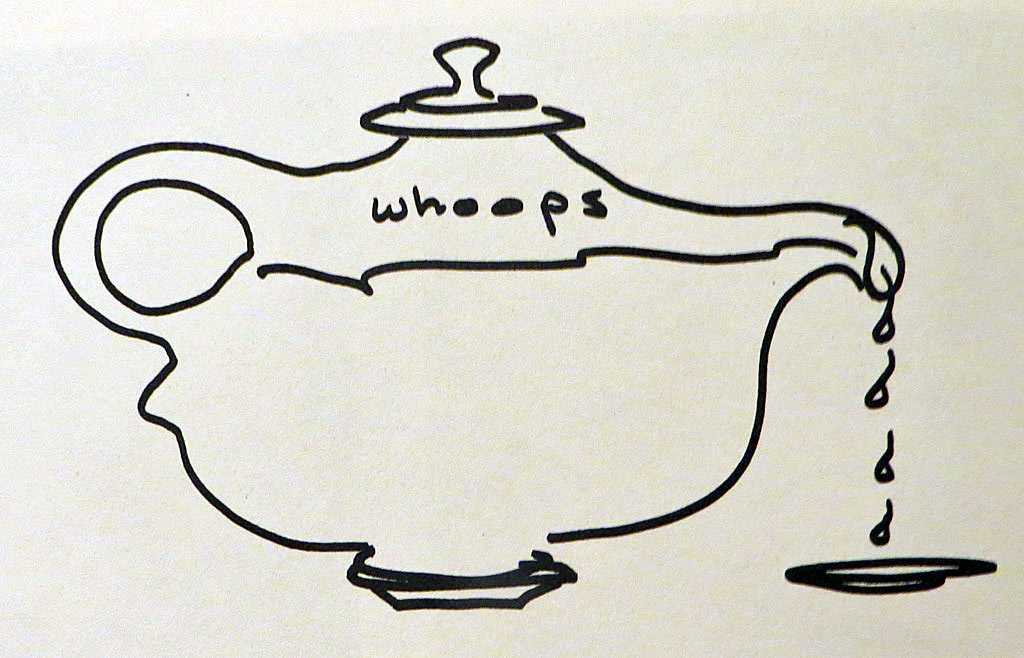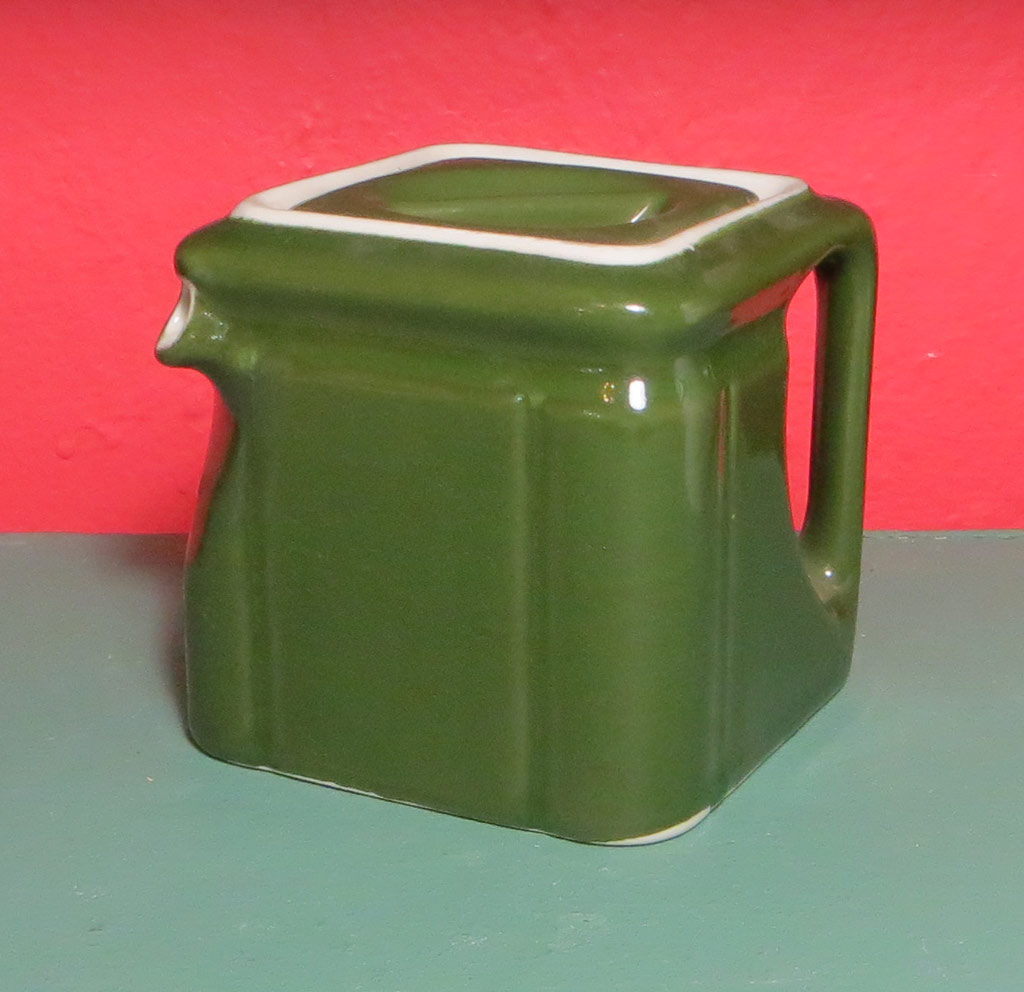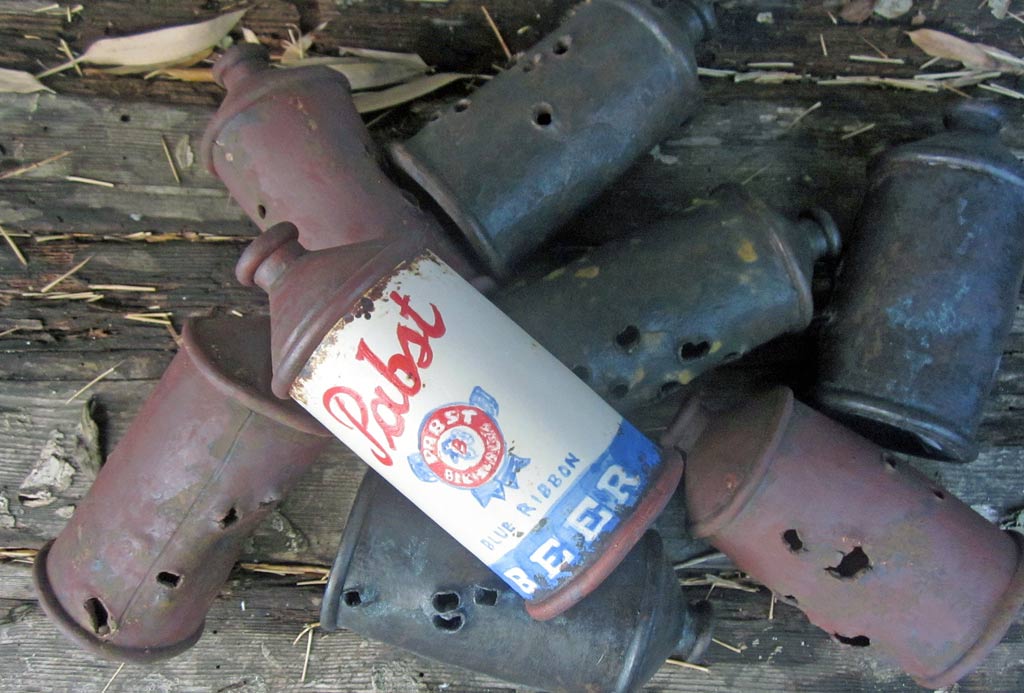
Here’s a Studio Journal Post that I could probably re-run annually, but am just getting back to after over three years. Boy Howdy, things have changed since its original date of January 18, 2014! I ran the numbers again (they’re the same for the kiln’ s power and firing hours, but keep in mind that older elements make a longer firing time.) The electric rate, however, has increased (shock!) and this kiln of mine now costs 30% more to run. The procedure described here is still the same, but know that the cost reflects a “worst case = most expensive” scenario. I never run my kilns at the highest rate. I am on a Time-of-Use plan and pay close attention to when rates are lowest, usually firing after 8PM. It’s a small habit to develop, but worth it. Maybe you’re solar-powered or have a home battery system, the point is to know your costs. So, here’s the original posting to help you figure it out:
